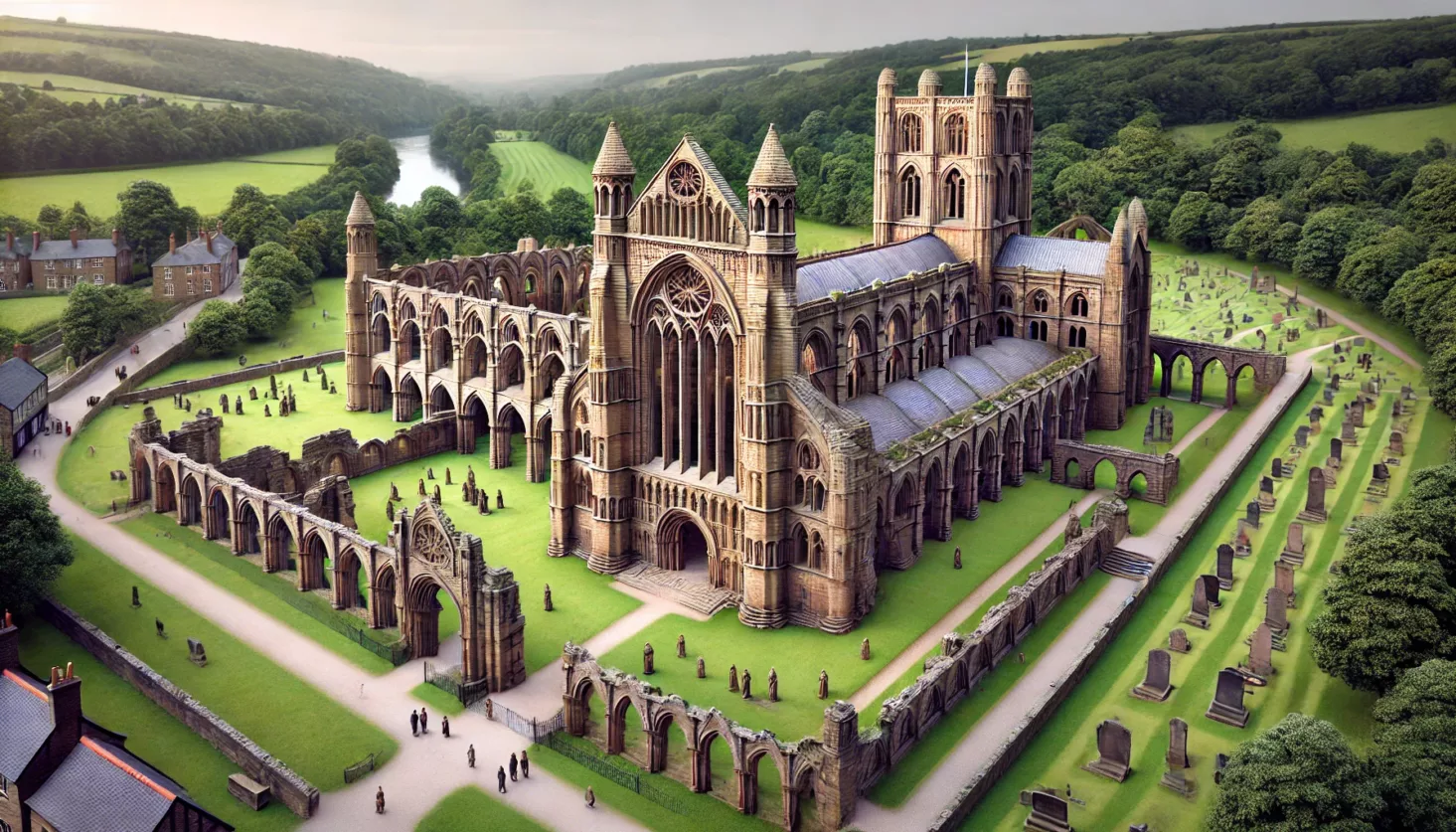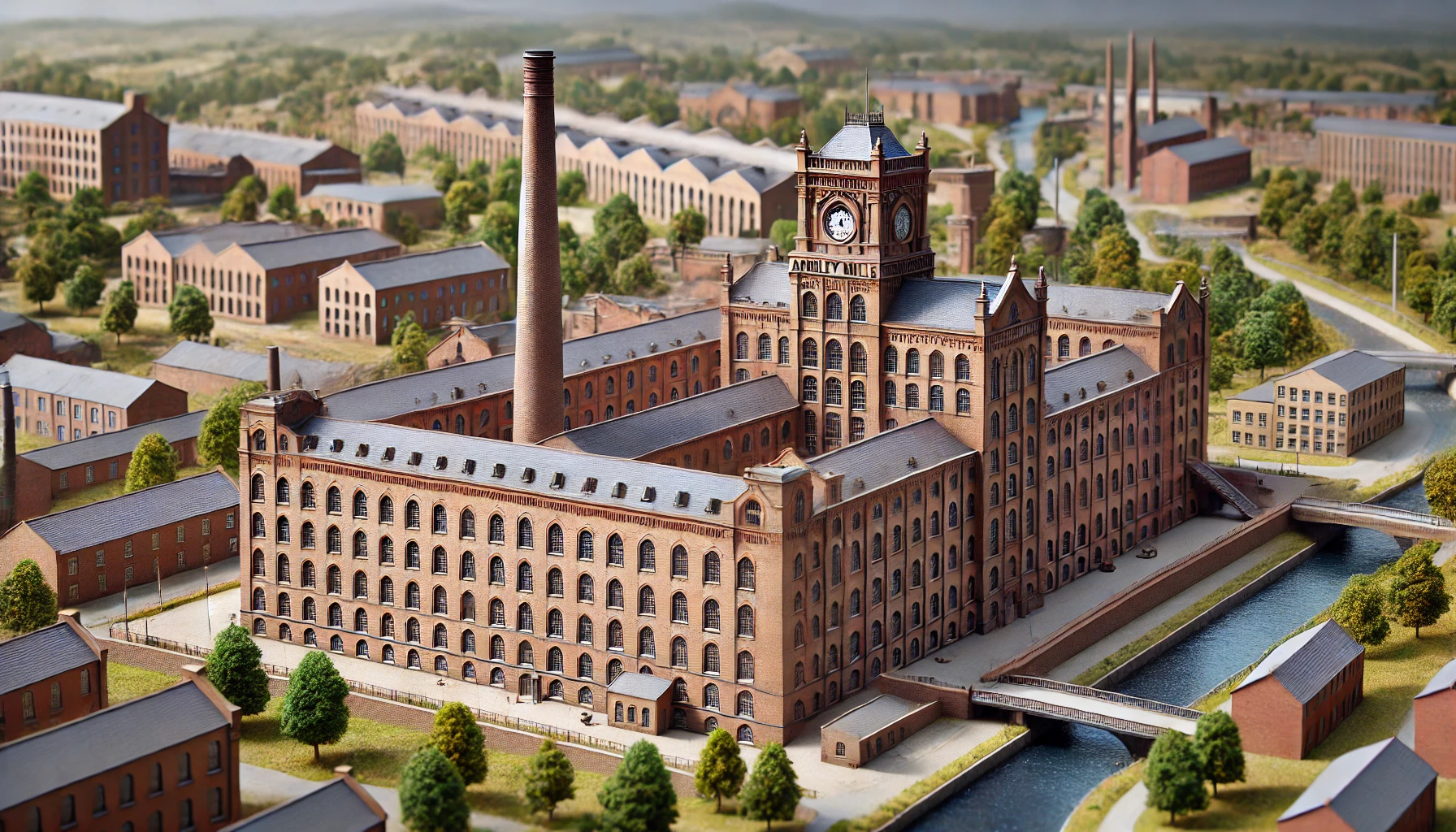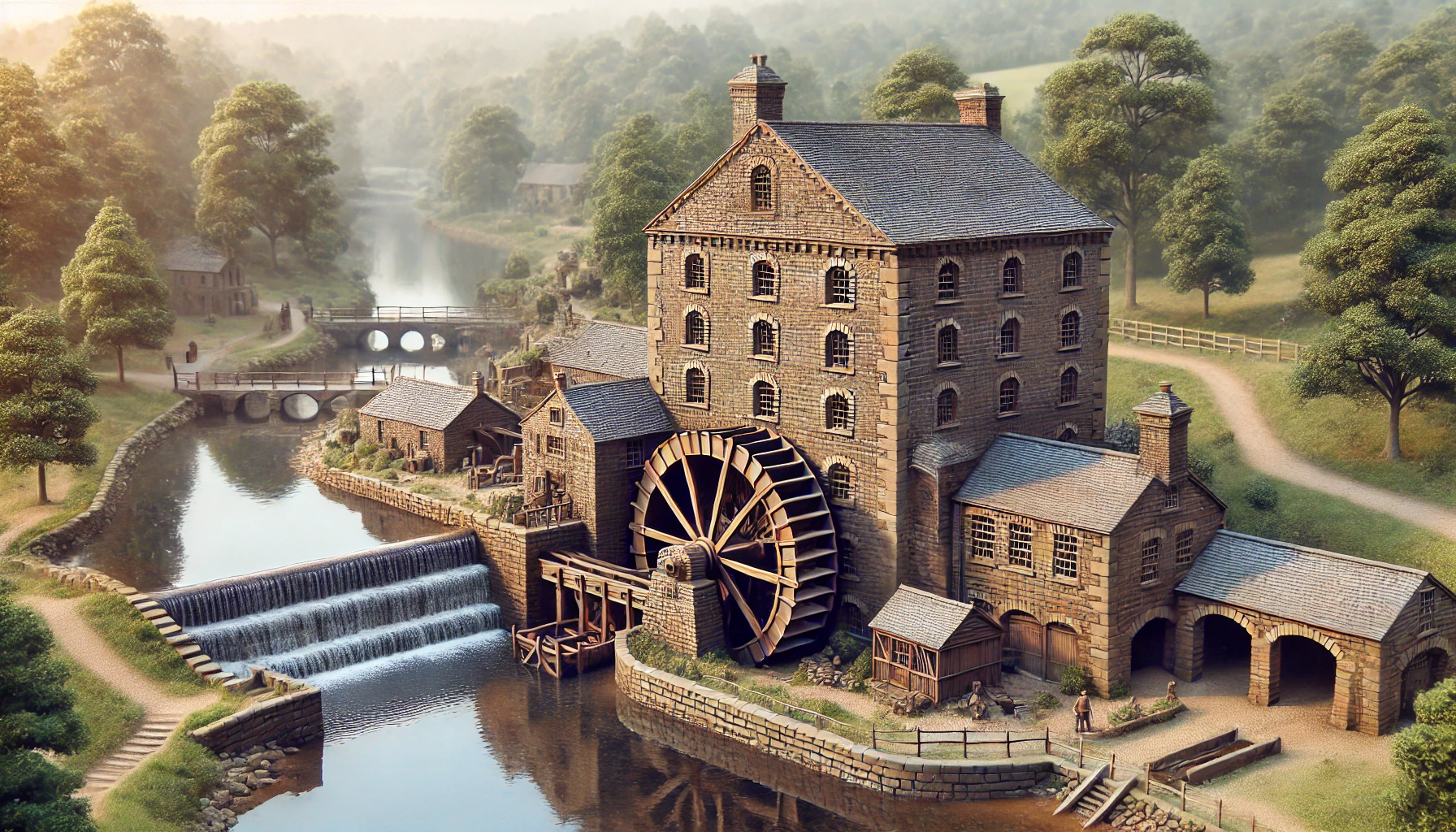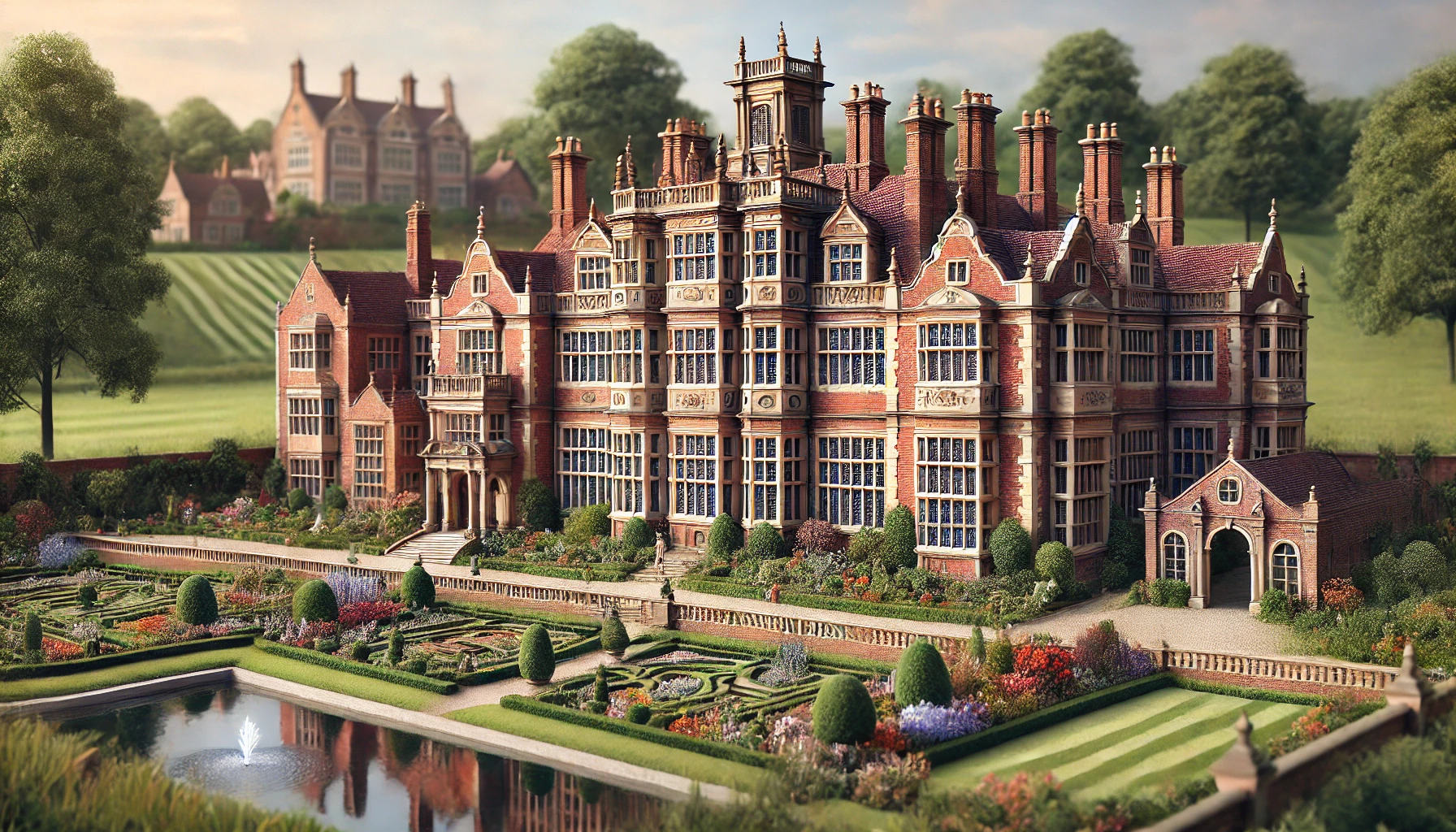
Leeds Historic Sites: A Must-See Guide
Leeds, a city renowned for its vibrant culture and rich industrial heritage, offers a fascinating journey through time with its many historic sites. Whether you’re a history buff or simply someone who enjoys exploring the stories behind iconic landmarks, the Leeds historic sites are a must-see for anyone visiting the city. These sites not only tell the tale of Leeds’ evolution but also provide a unique glimpse into the architectural and cultural milestones that have shaped this dynamic city.
Exploring Leeds’ historic sites is more than just a walk through the past; it’s an opportunity to experience the very soul of the city. From grand Victorian architecture to remnants of its industrial glory, these sites are integral to understanding the fabric of Leeds. As you wander through these landmarks, you’ll discover how Leeds has managed to preserve its rich history while continuing to evolve as a modern metropolis.
For those planning a visit to Leeds, there’s no shortage of activities to complement your historical exploration. If you’re looking to make the most of your trip, why not consider some of the things to do in Leeds this weekend? The city offers a variety of events and activities that can easily be paired with a day of sightseeing. For instance, after a morning spent delving into the past, you might enjoy a leisurely afternoon at one of the city’s renowned eateries, perfect for food lovers following a foodie’s guide to Leeds.
Leeds is not just a city of the past; it’s a place where history and modern life blend seamlessly. Whether you’re celebrating a special occasion or simply catching up with friends, exploring the historic sites is a perfect way to start your day. And if you’re looking for something special to do afterward, you might want to check out some ideas for things to do in Leeds with friends. There’s no better way to end a day of historical discovery than by sharing your experiences with loved ones.
In this article, we’ll guide you through the must-see historic sites in Leeds, offering insights into their significance and tips on how to best enjoy them. Whether you’re a first-time visitor or a long-time resident, these sites will provide you with a deeper appreciation of the city’s heritage. So, get ready to step back in time and discover the landmarks that have made Leeds the vibrant city it is today.
Discover the Architectural Marvel of Leeds Town Hall

One of the most iconic historic sites in Leeds is the Leeds Town Hall, an architectural masterpiece that stands as a symbol of the city’s rich history and cultural heritage. Completed in 1858 and designed by renowned architect Cuthbert Brodrick, Leeds Town Hall is one of the largest and most impressive town halls in the United Kingdom. Its grand design, featuring a majestic clock tower, Corinthian columns, and intricate carvings, reflects the Victorian era’s grandeur and the city’s ambitions during the Industrial Revolution.
Leeds Town Hall is more than just an architectural landmark; it has played a central role in the city’s civic life for over a century. The building originally housed a courtroom, council chambers, and offices, and it has been the venue for numerous significant events in Leeds’ history. Today, it serves as a cultural hub, hosting concerts, exhibitions, and civic ceremonies, making it a lively and integral part of the city’s cultural landscape.
Visitors to Leeds Town Hall can take guided tours that offer a fascinating insight into the building’s history and architecture. The tours often include a visit to the magnificent Victoria Hall, the principal room within the town hall, known for its stunning interior and excellent acoustics. The building’s grand staircase and the Victoria Hall organ, one of the largest in Europe, are also highlights not to be missed. Whether you’re an architecture enthusiast or a history buff, Leeds Town Hall is a must-see site that encapsulates the grandeur and spirit of Leeds.
Leeds Town Hall is a historic and cultural gem that offers visitors a glimpse into the city’s past while continuing to play a vibrant role in its present. Its architectural splendor, combined with its rich history and cultural significance, makes it an essential stop on any tour of Leeds’ historic sites.
Step Back in Time at Kirkstall Abbey
For a truly immersive experience of Leeds’ medieval history, a visit to Kirkstall Abbey is a must. Located just a few miles from the city center, Kirkstall Abbey is one of the best-preserved Cistercian monasteries in England. Founded in 1152, the abbey is set in a picturesque riverside location along the banks of the River Aire, offering visitors a tranquil and evocative setting to explore the ruins of this once-thriving religious community.
Kirkstall Abbey’s impressive ruins include the remnants of the church, cloisters, and living quarters, providing a fascinating glimpse into monastic life during the Middle Ages. The abbey’s architecture, characterized by its massive stone walls, towering arches, and intricate carvings, reflects the Cistercian order’s emphasis on simplicity and austerity. Despite its age, much of the abbey’s structure remains intact, allowing visitors to walk through the nave, explore the chapter house, and imagine the daily routines of the monks who once lived there.
In addition to exploring the ruins, visitors can learn more about the history of the abbey and the Cistercian order at the Kirkstall Abbey Visitor Centre. The center offers informative displays and exhibits that detail the abbey’s history, from its founding to its dissolution under Henry VIII in the 16th century. The abbey grounds are also home to a beautifully maintained park, making it an ideal spot for a leisurely walk or a picnic.
Throughout the year, Kirkstall Abbey hosts a variety of events, including medieval fairs, outdoor theatre performances, and seasonal markets, adding to the site’s charm and appeal. Whether you’re interested in history, architecture, or simply enjoying a peaceful day out, Kirkstall Abbey offers a unique and enriching experience that transports you back in time.
Kirkstall Abbey is one of Leeds’ most significant historic sites, offering a captivating blend of medieval history, architectural beauty, and natural tranquility. Its well-preserved ruins and rich history make it a must-visit destination for anyone exploring Leeds.
Explore the Industrial Heritage of Armley Mills

Leeds’ history as a major industrial center is vividly brought to life at Armley Mills, which was once the largest woolen mill in the world. Today, this historic site houses the Leeds Industrial Museum, offering visitors an in-depth look at the city’s industrial past and its role in shaping the modern world. Located along the Leeds and Liverpool Canal, Armley Mills is a testament to the city’s industrial heritage and a fascinating destination for anyone interested in the history of manufacturing and technology.
The Leeds Industrial Museum at Armley Mills features a wide range of exhibits that showcase the history of textile production, engineering, and manufacturing in Leeds. Visitors can explore the original mill buildings, which have been carefully preserved to maintain their historic character. The museum’s collection includes working textile machinery, vintage steam engines, and displays on the development of the printing and film industries in Leeds. These exhibits provide a hands-on understanding of the processes and technologies that powered the Industrial Revolution and made Leeds a global center of industry.
One of the highlights of a visit to Armley Mills is the Textile Gallery, where visitors can see demonstrations of historic looms and spinning machines in action. The gallery also explores the social history of the mill workers, offering insights into the lives of the men, women, and children who worked long hours in challenging conditions. The museum’s Cinematography Gallery is another must-see, showcasing the early history of filmmaking in Leeds and featuring one of the oldest functioning cinemas in the world, where visitors can watch short films from the early 20th century.
Armley Mills is a key historic site in Leeds that offers a comprehensive look at the city’s industrial heritage. The museum’s extensive exhibits, interactive displays, and preserved mill buildings make it an essential visit for anyone interested in the history of industry and its impact on society. A trip to Armley Mills not only provides an educational experience but also deepens one’s appreciation of Leeds’ pivotal role in the Industrial Revolution.
Uncover Leeds’ Hidden History at Temple Newsam
Temple Newsam is a grand Tudor-Jacobean mansion surrounded by extensive gardens and parkland, offering visitors a rich tapestry of history, art, and natural beauty. Located on the outskirts of Leeds, this historic estate has been home to some of the most influential families in English history and is now one of the city’s most popular attractions. With its combination of stunning architecture, art collections, and landscaped gardens, Temple Newsam provides a captivating glimpse into the past.
The centerpiece of Temple Newsam is the stately mansion, which dates back to the 16th century. The house’s interior is a treasure trove of period furnishings, fine art, and historical artifacts, offering a fascinating look at the lives of its former inhabitants. Visitors can explore the grand state rooms, including the ornate Great Hall, the richly decorated drawing rooms, and the impressive chapel. The house also features a significant collection of fine and decorative arts, including paintings by famous artists, intricate tapestries, and antique furniture.
In addition to the mansion, Temple Newsam is renowned for its extensive gardens and parkland. The landscaped gardens, designed by Capability Brown, feature formal flower beds, sweeping lawns, and a beautiful lake. The Walled Garden is particularly impressive, with its vibrant displays of flowers, herbs, and fruit trees, providing a serene and picturesque setting for a leisurely stroll. The estate also includes a working farm, where visitors can see rare breeds of animals and learn about traditional farming practices.
Temple Newsam is more than just a historic house; it’s a place where history, art, and nature come together to create a unique and enriching experience. The estate hosts a variety of events throughout the year, including historical reenactments, art exhibitions, and outdoor concerts, making it a lively and dynamic destination.
Temple Newsam is a must-see historic site in Leeds that offers something for everyone. Whether you’re exploring the grand mansion, enjoying the beautiful gardens, or learning about the estate’s rich history, Temple Newsam provides a memorable and immersive experience that captures the essence of Leeds’ heritage.
Delve into the History of Thwaite Watermill

Nestled on an island in the River Aire, Thwaite Watermill is one of the last remaining water-powered mills in the country and a fascinating slice of Leeds’ industrial history. This historic site, located just a few miles from the city center, offers a unique insight into the workings of a 19th-century watermill and the role it played in the local economy. Thwaite Watermill is a hidden gem that combines history, engineering, and nature, making it an ideal destination for a day out in Leeds.
Thwaite Watermill has been carefully preserved to retain its original features, including the large waterwheels that powered the mill’s machinery. Visitors can explore the mill buildings, where exhibits explain the processes involved in grinding corn, sawing timber, and producing putty, which was a significant industry at the mill in the 19th century. The museum also features displays on the history of milling, the development of water power, and the lives of the people who worked at the mill.
The mill’s setting on the banks of the River Aire adds to its charm, with the surrounding gardens and nature trails offering a peaceful retreat from the city. The site’s riverside location makes it a haven for wildlife, and visitors can enjoy spotting birds, insects, and other creatures as they explore the area. The mill’s Visitor Centre provides additional information about the history of the site and offers refreshments and souvenirs.
Thwaite Watermill also hosts a variety of educational workshops and events throughout the year, making it a popular destination for school groups and families. These activities provide a hands-on learning experience, allowing visitors to try their hand at traditional crafts, learn about sustainable energy, and discover more about the history of the mill and its surroundings.
In conclusion, Thwaite Watermill is a unique and captivating historic site that offers a glimpse into Leeds’ industrial past. Its combination of well-preserved machinery, informative exhibits, and beautiful natural surroundings makes it a must-visit destination for anyone interested in history, engineering, or nature. A visit to Thwaite Watermill provides a deeper understanding of the ingenuity and industry that have shaped Leeds over the centuries.
Delving into Leeds’ Rich History: A Journey Through Time

Leeds is a city where history comes alive, offering a remarkable journey through time for those eager to explore its rich and varied past. From its origins as a medieval market town to its rise as a major industrial powerhouse, the story of Leeds is etched into the very fabric of its historic sites. Whether it’s the imposing grandeur of Leeds Town Hall, the tranquil beauty of Kirkstall Abbey, the industrial might of Armley Mills, or the stately charm of Temple Newsam, each site offers a unique glimpse into the chapters that have shaped this vibrant city.
These historic landmarks do more than just showcase architectural beauty; they serve as windows into the lives and events that have influenced Leeds over the centuries. Visiting these sites allows one to walk in the footsteps of the people who built and transformed the city, from medieval monks and industrial revolutionaries to the civic leaders who envisioned a thriving metropolis. Each location tells its own story, contributing to a broader understanding of how Leeds evolved into the dynamic city it is today.
Exploring Leeds’ historic sites provides not only an educational experience but also a deep appreciation for the cultural and social forces that have shaped the city. Whether you’re fascinated by the intricacies of medieval architecture, the innovations of the industrial age, or the elegance of stately homes, Leeds offers a wealth of opportunities to connect with the past.
The historic sites of Leeds are more than just remnants of a bygone era—they are living reminders of the city’s diverse and dynamic heritage. For history enthusiasts, architecture lovers, or anyone curious about the city’s past, these sites offer a compelling journey through time. By exploring these landmarks, visitors can gain a richer understanding of Leeds, celebrating the enduring legacy of a city that has played a significant role in shaping the history of the region and beyond. A visit to these historic treasures not only enriches your knowledge but also leaves you with lasting memories of Leeds’ vibrant and storied past.





